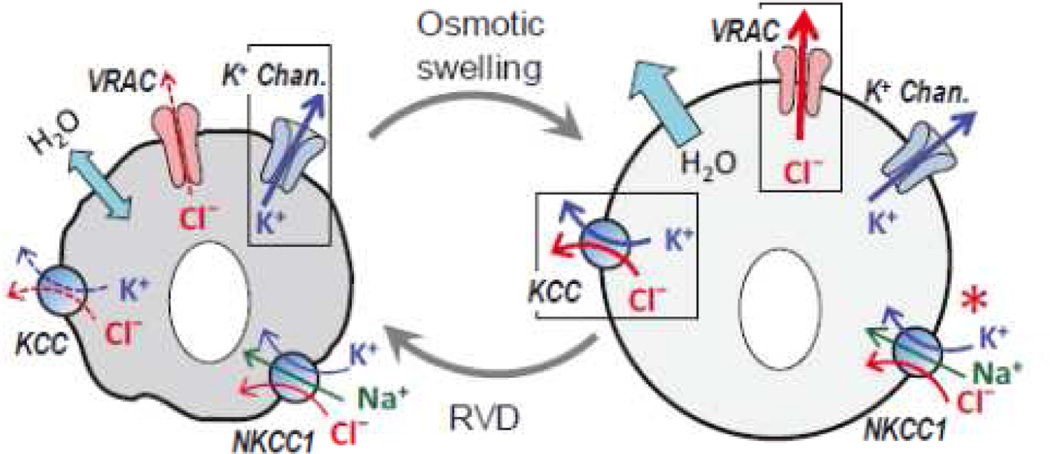Fig. 1. Membrane mechanisms responsible for regulatory volume decrease (RVD) in osmotically swollen cells.
LEFT: Under steady-state conditions, membrane permeability is dominated by K+ channels (outlined in box) and transmembrane water fluxes are equilibrated. RIGHT: In the response to osmotic swelling cells dramatically increase membrane permeability to Cl− and other anions due to activation of volume regulated anion channels (VRAC, outlined in box). This facilitates cooperative loss of K+ and Cl−, which is coupled with release of osmotically obligated water. Many cells types additionally activate KCl loss via electroneutral K+, Cl− transporters (KCC, also outlined in box). Another electroneutral transporter, NKCC1, drives the net uptake of Na+/K+/Cl− under basal conditions, and is additionally strongly activated by cellular shrinkage. However, in at least one brain cell type, astrocytes, this transporter is paradoxically stimulated by cell swelling and contributes to sustained astrocytic edema in CNS pathologies (asterisk).

